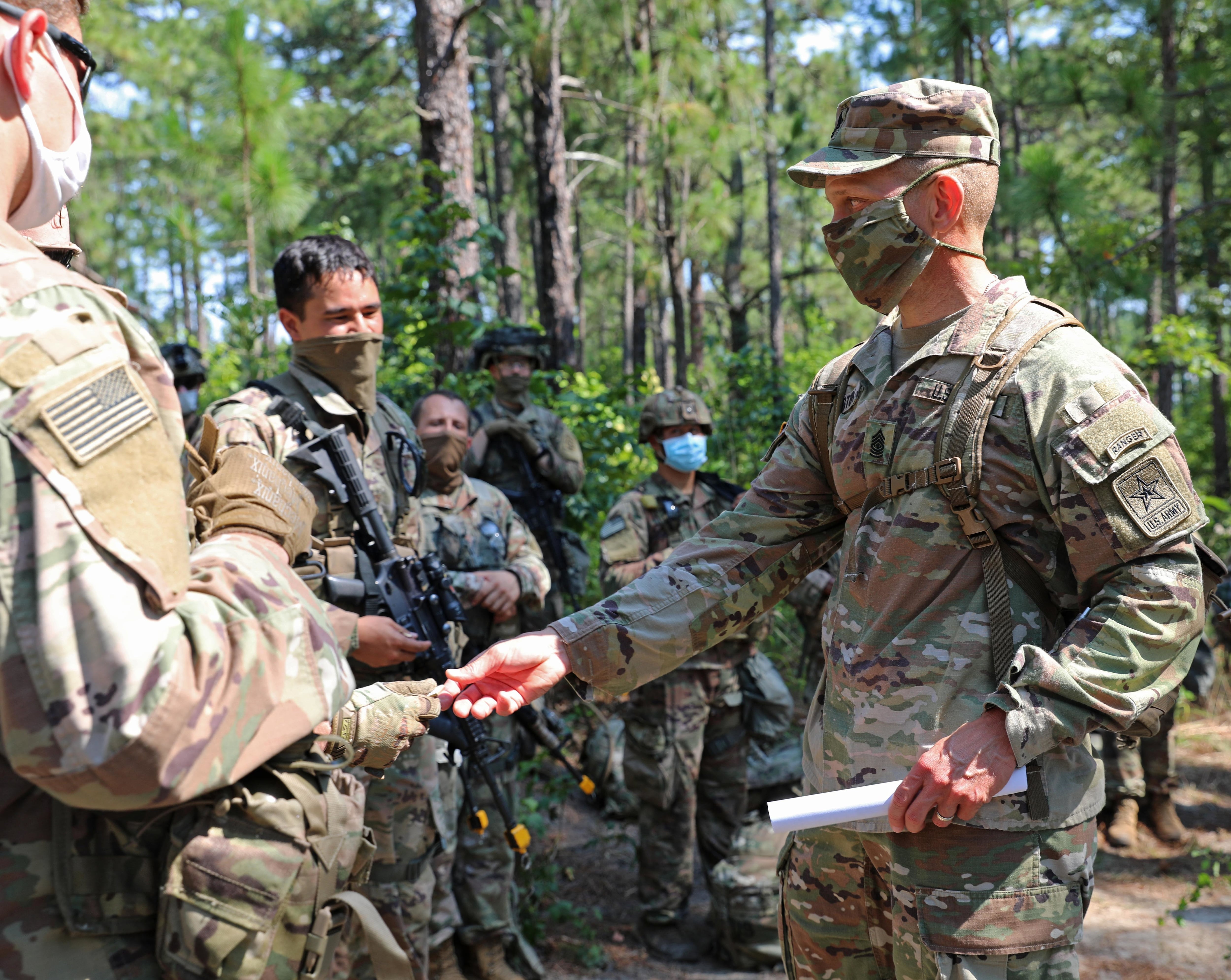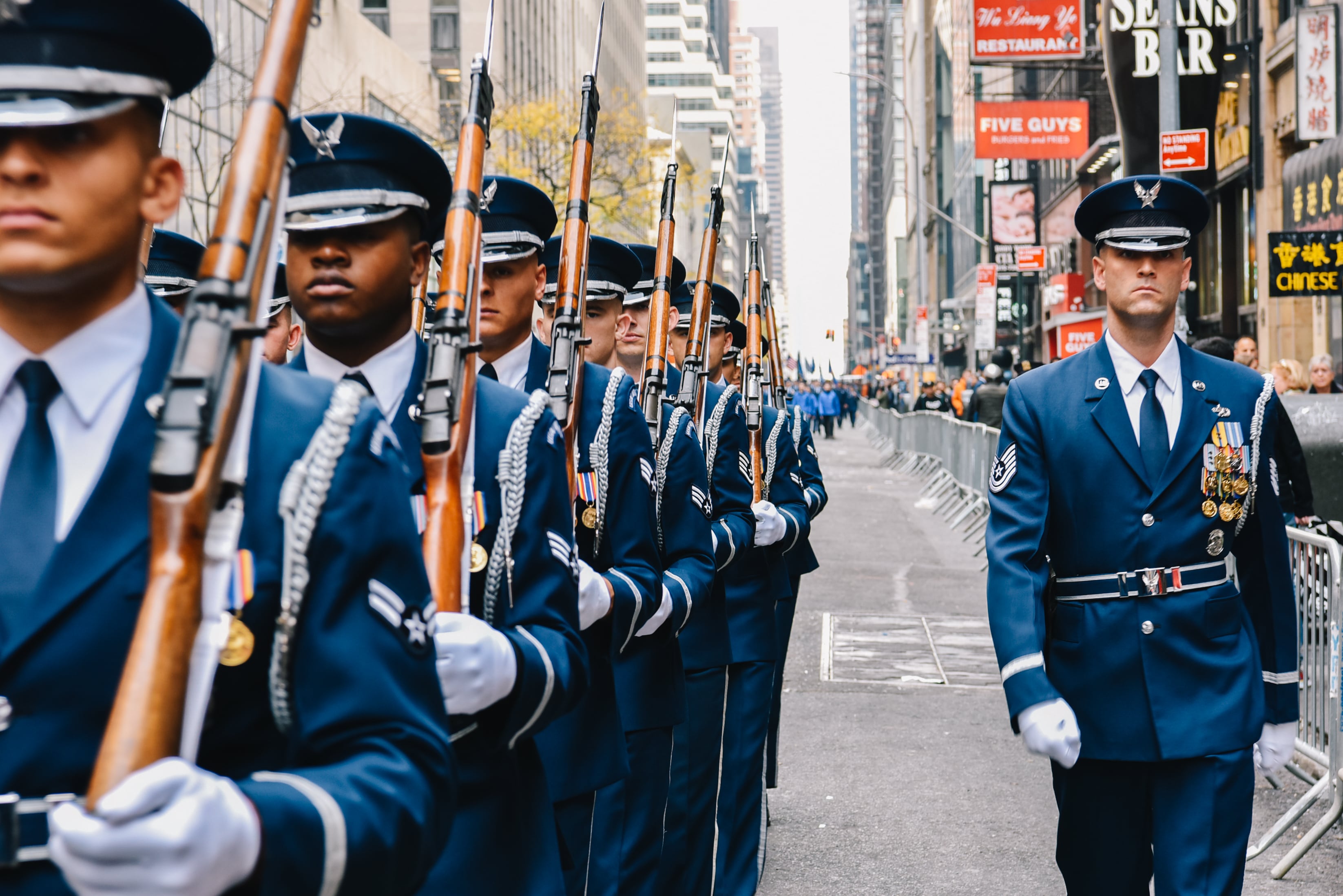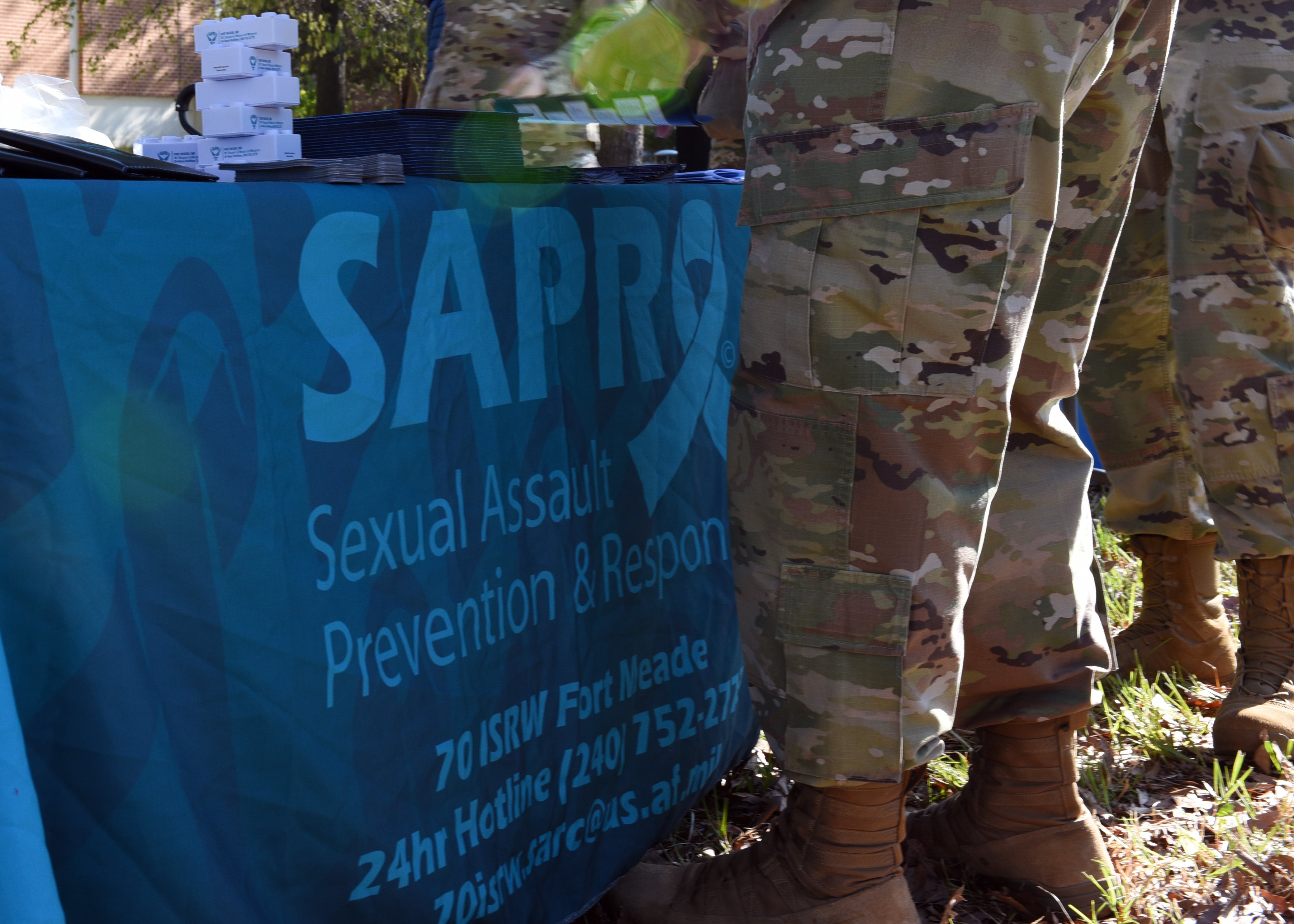Some big changes for enlisted soldiers are being implemented this coming year, including an “assignment marketplace” for staff sergeants through master sergeants and promotion boards dialing in on how much non-commissioned officers know about their subordinates, according to Sergeant Major of the Army Michael Grinston.
Also on the horizon, a phone application for squad leaders to help with administrative tasks and a prototype for what is expected to become a Sergeants Major Assessment Program, Grinston told Army Times during an Oct. 1 interview.
Many of the changes fall under Grinston’s signature push during his tenure as the ranking enlisted soldier within the Army, known as “This is My Squad." The initiative aims to build more internal cohesion at some of the smallest unit levels within the service. For many troops, that’s the squad.
Promotion boards
A Sept. 5 memo codified some of the initiative’s changes for soldiers going before promotion boards in the future.
“We want to reinforce team and squad leader understanding of how our Army cares for its soldiers,” Grinston said during the telephone interview. “So promotion to sergeant and staff sergeant will include situational questions.”
Rather than just being asked about regulations or telling a board about their own assignments and accomplishments, soldiers will be asked about those for whom they’re responsible.
“So now we want them to come in, and maybe not tell them about themselves,” Grinston added. “Talk about their squad. How many people do you have? What’s [this] private’s first name? How many kids does he have? Where did he grow up?”
Grinston said he’s also assembling a panel of 24 staff sergeants from a variety of jobs and commands across the globe to assist with This is My Squad. That panel is expected to meet for the first time in November.
“They’re going to stay on that panel for a while to give me feedback on how can we get this culture going and what tangible things I can do to really replicate this throughout the Army,” he said.
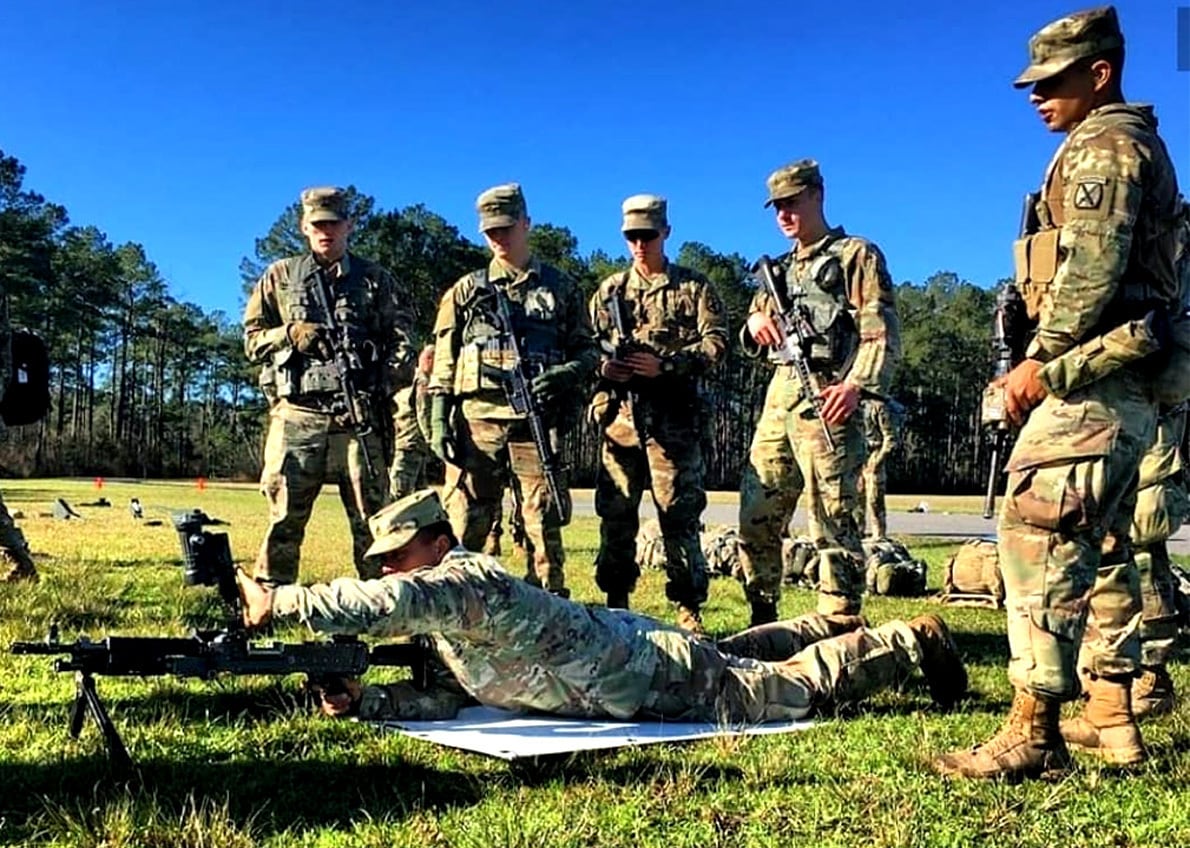
The sergeant major of the Army has also been working with the service’s Futures Command to develop a phone app for squad leaders that will assist them with tracking training, sponsorship and counseling documents.
“We’ve gone to the combined arms center, through TRADOC, trying to develop a new counseling form,” Grinston said. “I actually want to digitize this counseling form. So … it gets uploaded and … helps the squad leader with some of those administrative tasks that they have to do on a daily or monthly basis.”
ASK-EM going live
The new Assignment Satisfaction Key-Enlisted Module, or ASK-EM, goes live Nov. 11.
It will allow E-6s, E-7s and E-8s to use an assignment process similar to the one rolled out last year for officers. One key difference is that a human resource manager selects enlisted for their next assignment, whereas the officer marketplace allows units to do so.
“That’s going to be available for all enlisted soldiers, staff sergeants to master sergeants, you’ll see those locations that are available [and] you can preference those," Grinston said. “And then the manager looks at those and puts you on assignments based on your preferences. … That’s something coming out that we’re really excited about.”
RELATED
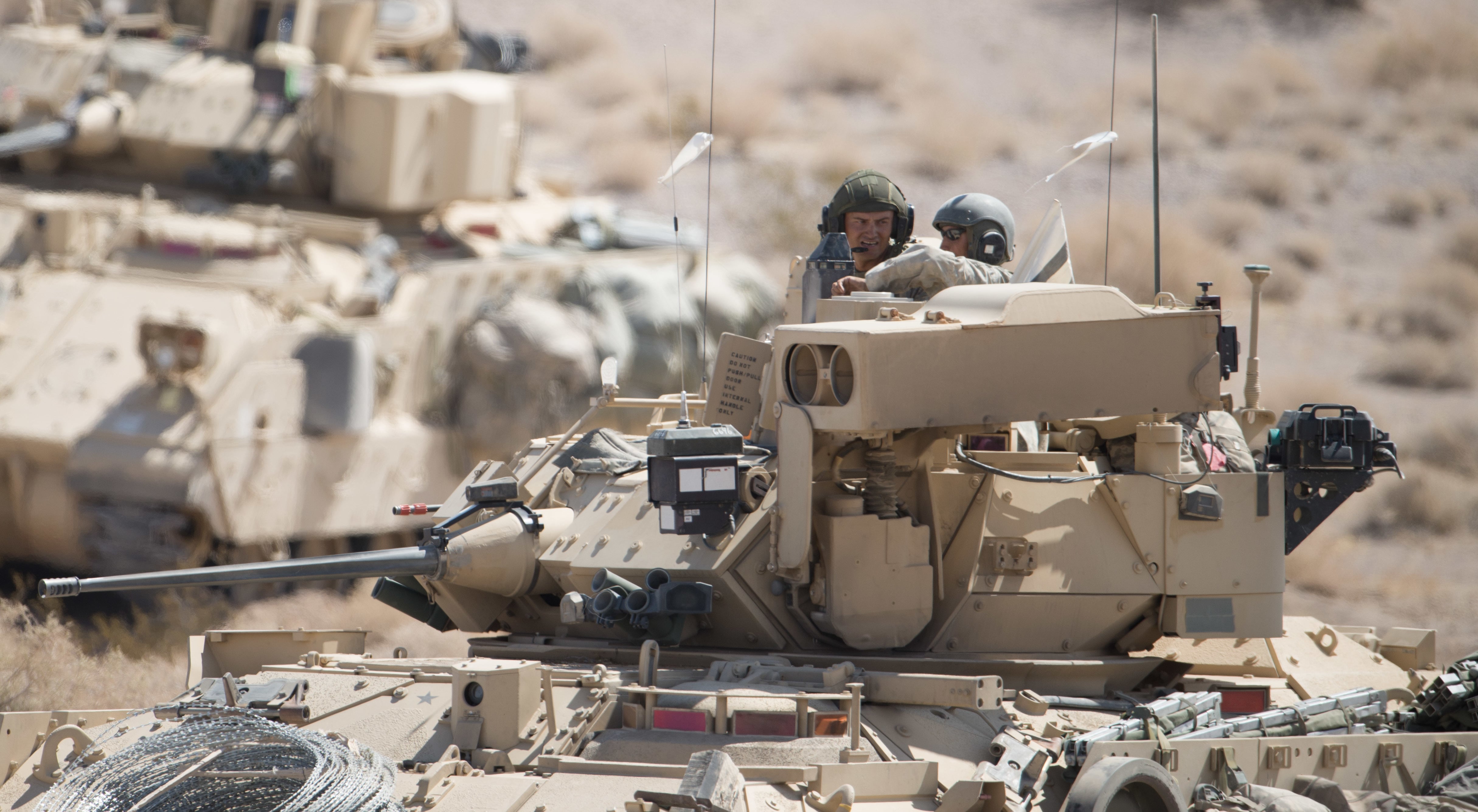
The pilot program could provide those enlisted troops more choices in their careers than the old assignment system, which forced troops to choose six basing options — three in the United States and three overseas, Sgt. Maj. Wardell Jefferson, the Army G-1′s senior enlisted soldier, explained in March.
A pilot program for ASK-EM took place in June and was open to 700 NCOs in armor, military intelligence and quartermaster specialties. Of the soldiers who participated in the program, 55 percent received one of their top five choices, according to an Army Human Resources Command release.
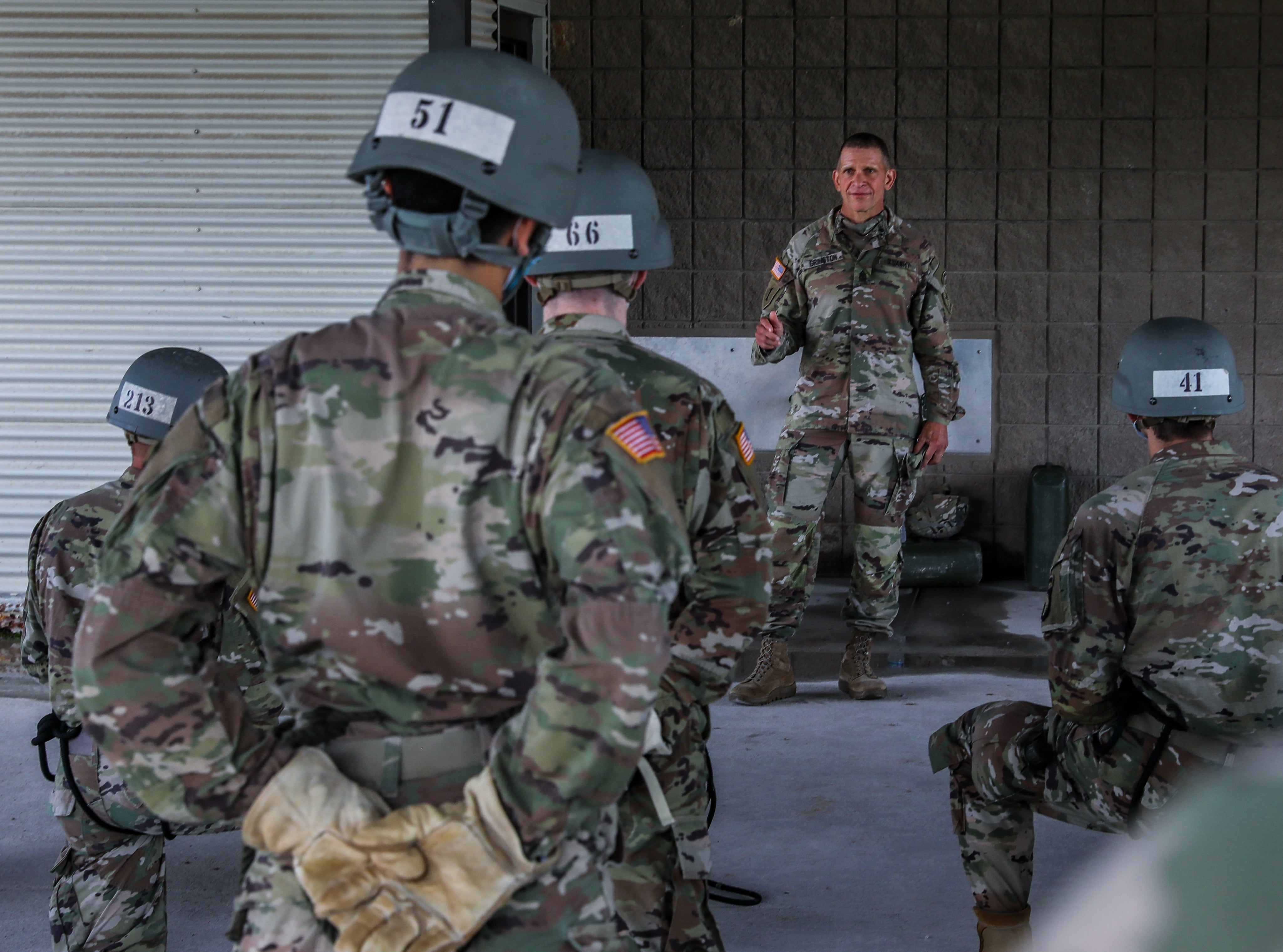
ASK-EM is intended to give NCOs more input into where they want their career to go next by letting them provide other details about their backgrounds and skills that can be used by HR managers during assignment slating.
Soldiers also will be able to see how popular an assignment is, giving them insight into how other soldiers are ranking positions.
Eventually, an average of 35,000 NCOs per year are expected to view and preference assignments through the new system, according to the HRC release.
Prototype assessment program
The Army is preparing to introduce a senior enlisted assessment course, similar to the one that kicked off earlier this year for officers hoping to become battalion commanders.
“We’re going to have 32 sergeants major, in November, go through the battalion commander assessment program," Grinston said. “That will help us shape what we’re going to do for the sergeants major assessment program.”
The battalion commander assessment program takes place at Fort Knox, Kentucky, and involves sit-downs with Army psychologists, a leader reaction course and argumentative essays.
The battalion commander candidates also went before “blind boards," which required an individual’s background paperwork to be scrubbed of personally identifying information. A sheet was used to separate the panel and the interviewee.
When the battalion commander assessment program started in January, Army Chief of Staff Gen. James McConville called it a “transformational change” in how the service chooses battalion commanders.
This past spring, Grinston received feedback from some of senior sergeants major who spent the winter sitting in on blind boards, providing input to the panels.
Any potential program wouldn’t be borne out of the prototype until 2022 at the earliest, Grinston previously told Army Times. But whatever does come of those prototypes likely won’t deviate significantly from what the officers were doing, he added at the time.
Kyle Rempfer was an editor and reporter who has covered combat operations, criminal cases, foreign military assistance and training accidents. Before entering journalism, Kyle served in U.S. Air Force Special Tactics and deployed in 2014 to Paktika Province, Afghanistan, and Baghdad, Iraq.
